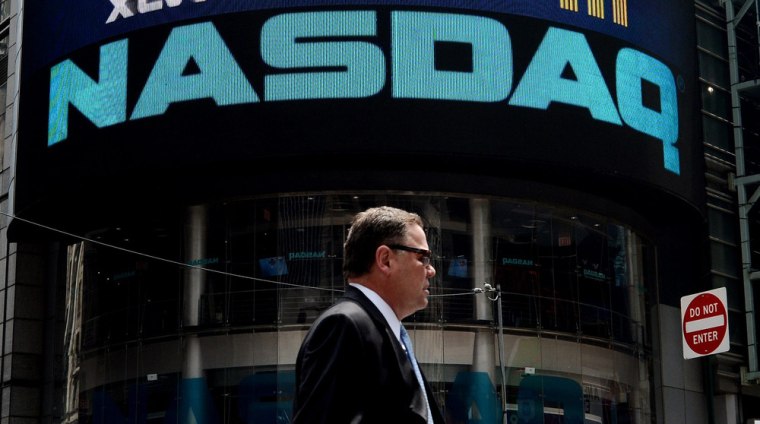Stocks gained on Tuesday, with the S&P 500 touching a fresh high and the Dow within 50 points of an all-time record, as investors looked ahead to the Federal Reserve's announcement on its stimulus package.
"Buying each and every dip in the averages is alive and well. In the face of a steady Vix, lagging NYSE breadth and the Russell 2000 not participating, the S&P marches to another new high," noted Elliot Spar, market strategist at Stifel Nicolaus. "What will stop the market advance? When the market is in this mode, it may need a key reversal day, too many groups acting poorly (on the same day), the buyers just get exhausted or nothing at all."
The Dow Jones Industrial Average closed 111 points ahead at 15,680.35, led by IBM and AT&T. The blue-chip index is within 50 points of hitting its record set in September.
The S&P 500 rose 9 points to 1,771.94 and the Nasdaq also closed higher. The CBOE Volatility Index (VIX), widely considered the best gauge of fear in the market, traded near 13.
Earlier, the Nasdaq was hit with another glitch and indexes remained frozen for nearly an hour. Trading was not affected. The Nasdaq later explained that "human error" caused the outage.
Most key S&P sectors finished in positive territory, boosted by telecoms and consumer staples.
"There's usually a bit of caution going into the Fed meeting, but this is a market that's fairly optimistic that [the Fed] is going to have a dovish statement," said Quincy Krosby, market strategist at Prudential Financial. "This has become a taper-on, taper-off market instead of a risk-on, risk off."
The Federal Reserve started their two-day FOMC meeting with central bank members expected to maintain the monthly $85 billion bond purchasing program until April 2014, according to the latest CNBC survey.
"A patch of weaker U.S. data poses something of an equity navigational challenge as Fed 'taper' expectations creep further into the future, extending the cheaper-U.S.-dollar lifeline for structurally weaker economies most particularly among the [emerging markets]," wrote Michael Kurtz, global head of equity strategy at Nomura.
The Fed last met in September and surprised markets with its decision not to start slowing, or tapering its massive bond-buying program. Recent lackluster data from the U.S. and the political impasse over the country's budget has reinforced the general opinion among economists that the central bank will not taper imminently.
JPMorgan stock slipped after the Wall Street Journal reported that the bank's $13 billion proposed deal with the Justice Department is at risk of collapse. The Journal reported fights over separate criminal charges and insurance could scuttle the deal.
Blackberry rallied after Dow Jones reported that the smartphone maker's executives met with Facebook last week to gauge interest in a potential bid.
IBM zipped higher after the computer hardware and software company added $15 billion to its stock buyback program.
On the economic front, retail sales slipped in September, according to the Commerce Department, disappointing economists who had expected a gain. Adding to woes, consumer confidence fell sharply in October, according to the Conference Board.
On the upside, single-family home prices climbed in August, according to the S&P/Case Shiller composite index of 20 metropolitan areas.
Elsewhere, producer price index unexpectedly dipped in September, according to the Labor Department, logging the first decline since April.
Treasurys held slight gains after the government auctioned $35 billion in 5-year notes at a high yield of 1.300 percent. The bid-to-cover ratio, an indicator of demand, was 2.65, versus a recent average of 2.68.
